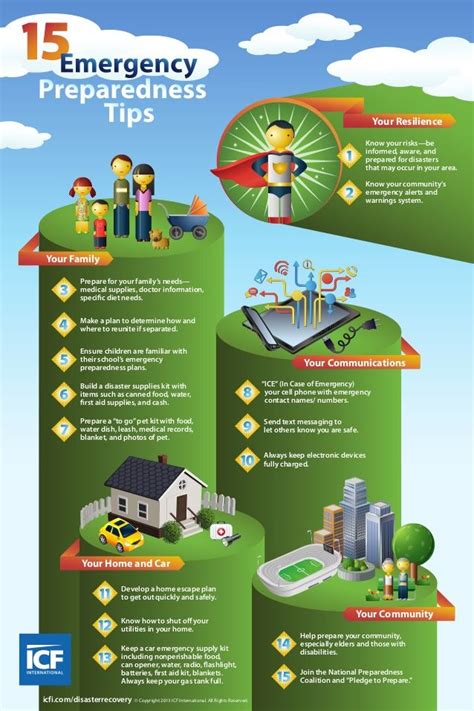Introduction
The thought of your beloved pet bird being caught in an emergency situation can be terrifying. Natural disasters, power outages, and other unforeseen circumstances can strike at any moment, leaving you and your feathered friend vulnerable. However, with a little planning and preparation, you can ensure your bird’s safety and well-being in the event of an emergency.

1. Establish an Emergency Plan
The first and most important step in ensuring bird emergency preparedness is to develop a comprehensive plan. This plan should include:
-
Designated safe place: Identify a secure location in your home where your bird can be sheltered in case of an emergency. This area should be away from windows, drafts, and potential hazards.
-
Emergency supplies: Prepare a kit that includes essential supplies such as food, water, medications, a first-aid kit, and a flashlight.
-
Contact information: Keep a list of important contact information, including your veterinarian, pet sitter, and local animal shelter.
2. Secure Your Bird’s Home
Make sure your bird’s cage or aviary is secure and safe. Use strong materials, such as metal or wire mesh, and ensure that there are no sharp edges or loose parts that could injure your bird. Consider installing a lock on the cage to prevent escapes.
3. Stockpile Essential Supplies
Gather a sufficient supply of food, water, and medications to last your bird for at least three days. Choose foods that are easy to store and transport, such as pellets, seeds, or canned fruit. Store water in sealed containers and replace it regularly. Keep a supply of essential medications on hand, especially if your bird has any underlying health conditions.
4. Create a First-Aid Kit
Assemble a basic first-aid kit for your bird, including:
- Gauze pads
- Adhesive tape
- Antiseptic wipes
- Scissors
- Tweezers
- A small syringe (for administering fluids if necessary)
5. Plan for Transportation
In case of an evacuation, you may need to transport your bird safely. Have a carrier or travel cage that is large enough for your bird to move around comfortably. Line the cage with soft material to prevent injury.
6. Train Your Bird to Be Comfortable with Handling
Regularly handle your bird to get it comfortable with being moved and restrained if necessary. This will make it easier for you to transport and care for your bird in an emergency.
7. Consider Pet Insurance
Pet insurance can help you cover the costs of veterinary care in case of an emergency. Look for plans that cover avian species and provide coverage for unexpected accidents or illnesses.
Conclusion
By following these bird emergency preparedness tips, you can increase the chances of keeping your feathered companion safe during an unexpected event. Remember, preparation is key to ensuring the well-being of your beloved pet. By taking these steps, you can provide your bird with the best possible care in the face of any emergency.





















